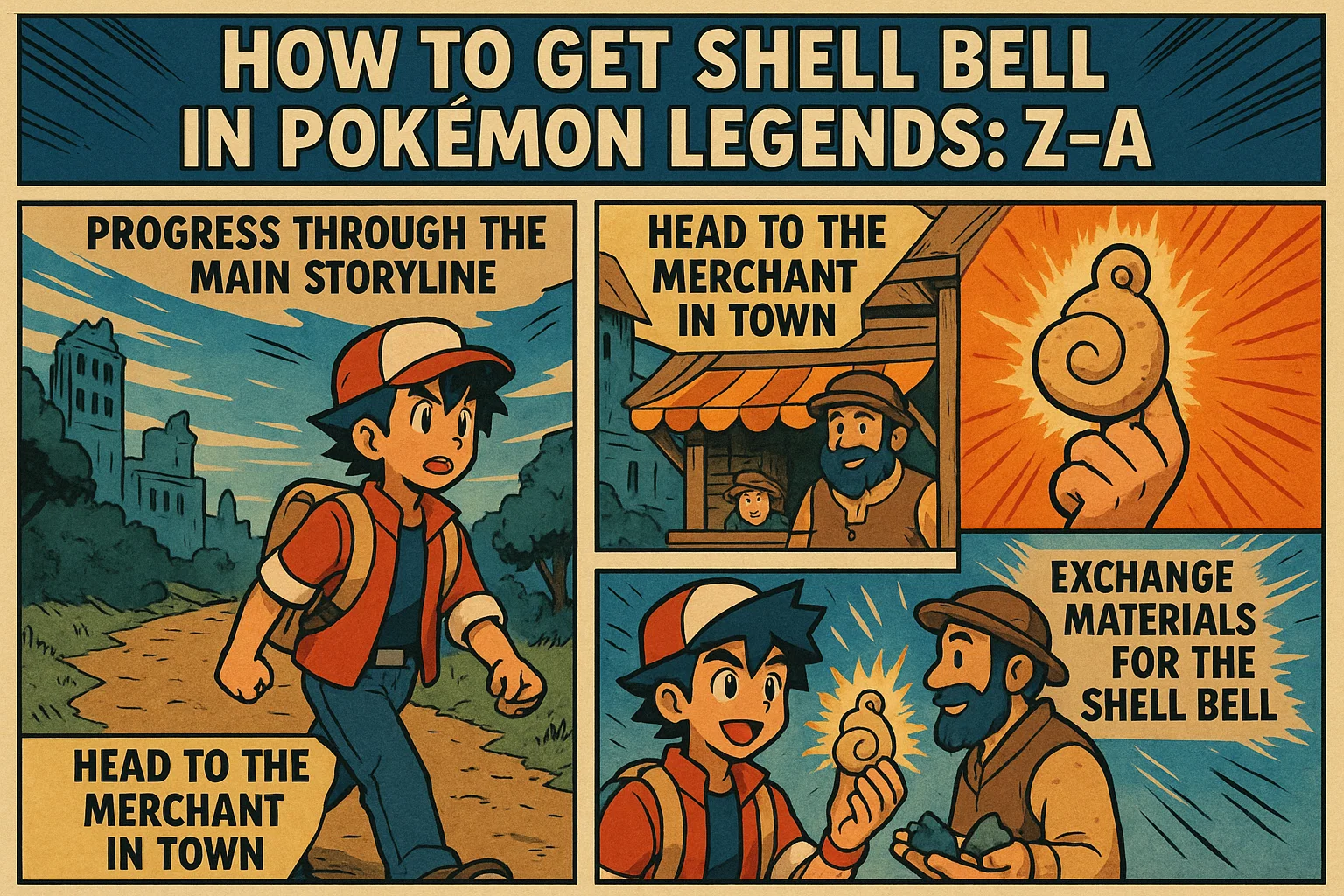Leveling up in Elden Ring is one of the core ways to make your Tarnished stronger, whether you want to increase your survivability, boost your damage, or improve your casting abilities. Understanding how many runes you need per level can help you plan your progression more effectively and avoid wasting precious resources.
How Runes Per Level Works
In Elden Ring, the number of runes required to level up increases with each level you gain. Early on, the cost is relatively low, making it easy to jump several levels after just a few battles or dungeon runs. However, once you reach higher levels, the rune requirements grow significantly, and you’ll need to spend more time farming or finding efficient sources.
For example:
- Around Level 10, you might only need a few thousand runes to level up.
- By Level 50, the cost can exceed 20,000 runes.
- At Level 100 and beyond, you’re looking at tens of thousands, sometimes over 100,000 runes per level.
This scaling system means you’ll need to adapt your farming methods as the game progresses.
Efficient Rune Farming Tips
If you’re trying to reach a specific build goal quickly, farming runes efficiently is essential. Popular farming spots include high-level enemies in areas like Mohgwyn Palace or the endgame regions where each kill rewards a substantial amount of runes. Equip items or talismans that boost rune gain to make each run more efficient.
For some players, time is limited, and farming can feel repetitive. In those cases, some turn to options to buy Elden Ring runes or even buy Elden Ring Items from trusted sources. While this isn’t for everyone, it can be a quick way to jumpstart a new build or experiment with high-level gear without spending hours grinding.
When to Level Up
While it’s tempting to spend every rune on leveling, sometimes it’s better to invest in upgrading your weapons or acquiring important gear. A balanced approach—improving both your stats and equipment—will often make the game more manageable.
Try to focus on hitting key stat breakpoints for your build first. For example, a strength build might prioritize getting enough Strength for a colossal weapon, while a caster might aim for higher Intelligence or Faith for advanced spells. Once those goals are reached, you can spread points into survivability stats like Vigor or Endurance.
Knowing exactly how many runes you need per level isn’t just a numbers game—it’s about planning your progression so you can tackle Elden Ring’s challenges without hitting unnecessary roadblocks. Whether you farm them yourself or choose to buy Elden Ring runes to save time, managing your resources wisely will make your journey through the Lands Between far smoother.







